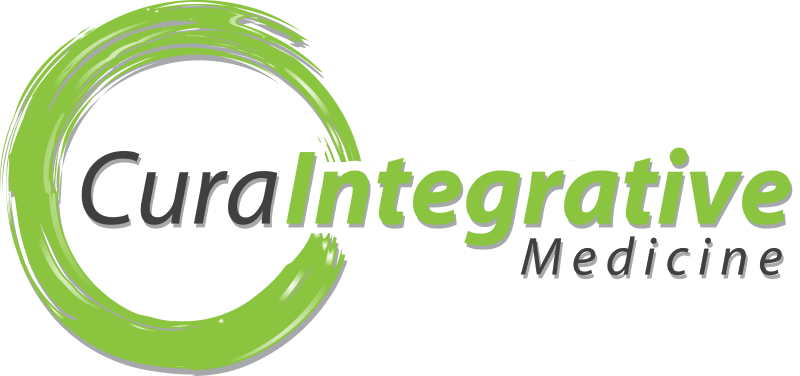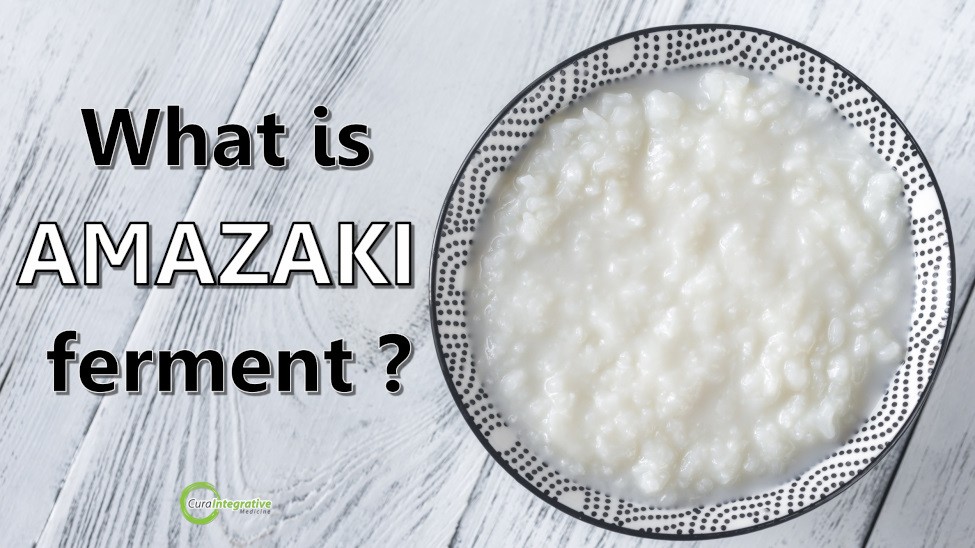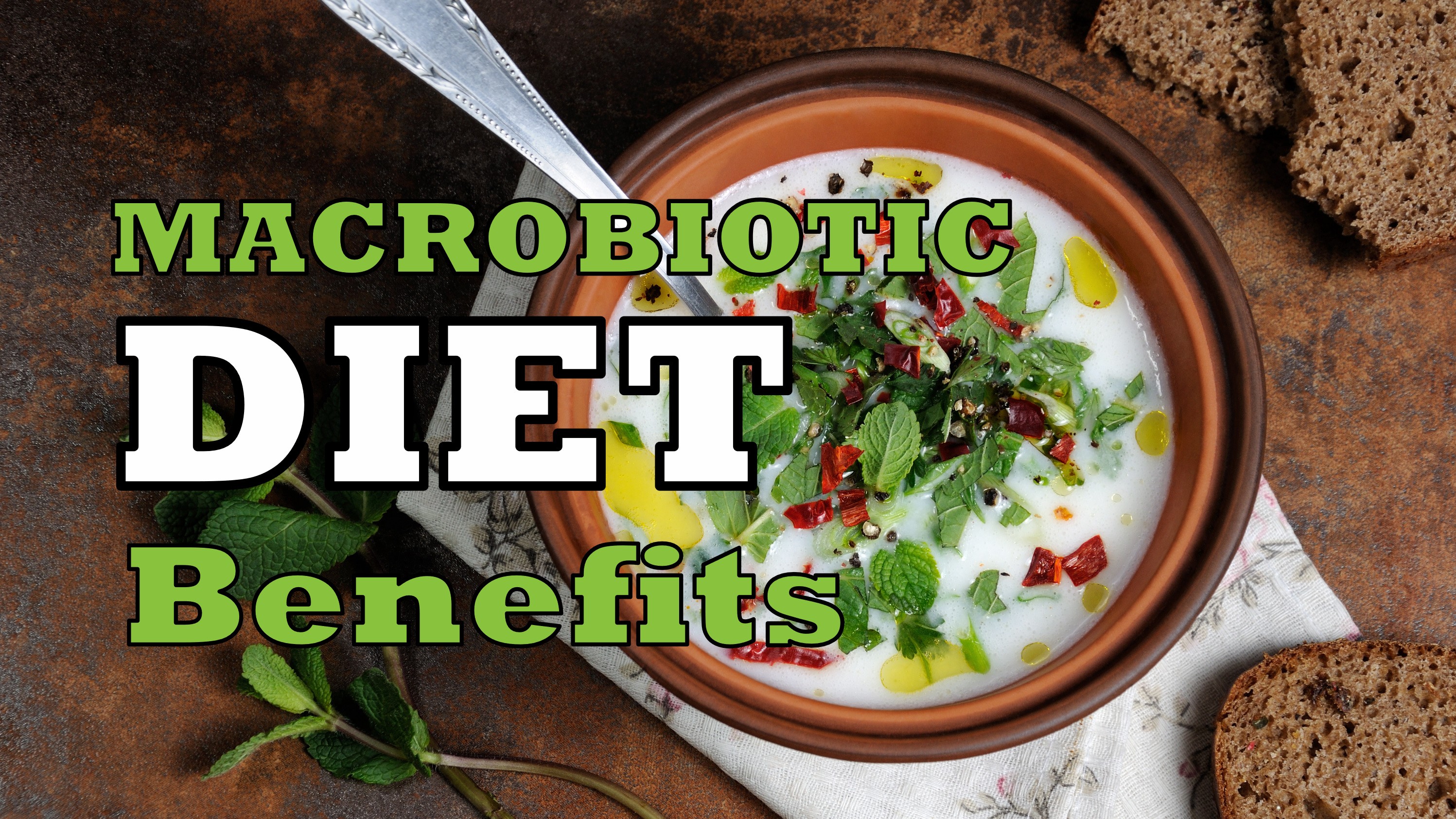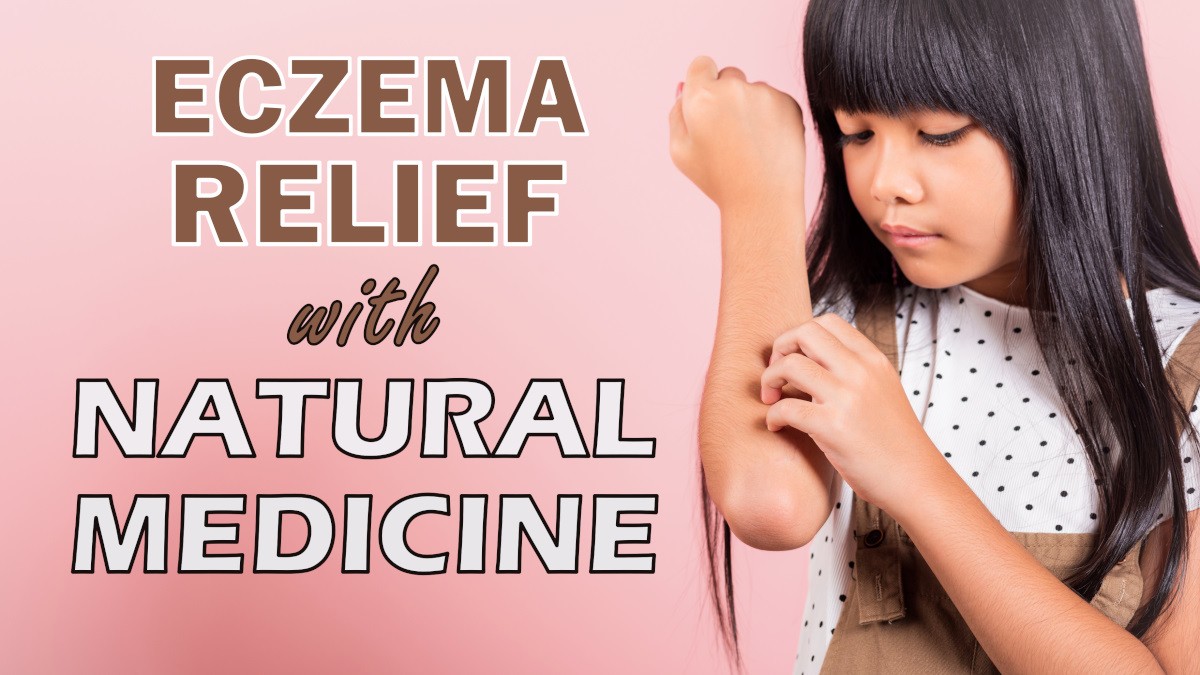Koji is a less known superfood found in a variety of macrobiotic foods. Containing Aspergillus oryzae, koji is used to make foods such as miso, amazaki and tamari. Read More…

Detoxing from a Toxic World
Posted 30 Jan '19
All too often, we are exposed to heavy metals, and heavy metal toxicity poses a great threat to health. It can lead to serious health conditions as they damage organs and most are permanent and debilitating, if left untreated. Sadly, we can get these toxins through the food that we eat.
Commonly Affected Systems from Heavy Metals
Heavy metal toxins may damage these systems in the body:
- Central nervous system
- Gastrointestinal system
- Cardiovascular system
- Endocrine glands
- Liver
- Kidneys
- Lungs
- Bones
Signs of Heavy Metal Toxicity
The most commonly overexposed heavy metals are lead, mercury, metalloid arsenic, and cadmium. Although signs and symptoms for toxicity vary according to which ones you are exposed to, here are the most common ones:
Acute symptoms:
- Headache
- Pain in abdomen, cramping
- Nausea
- Vomiting
- Diarrhea
- Difficulty breathing
- Fatigue
- Heart problems
- Central nervous system issues
Symptoms in more severe cases:
- Chronic infections
- Burning and tingling sensations
- Insomnia
- Paralysis
- Brain fog
- Visual disturbances
- Hair loss
- Confusion
- Anxiety and/or Depression
Exposure Risk Factors
It is alarming to know that one way that we are exposed to these metals through our basic need — to feed. The toxicity builds up over time as certain foods are consumed. In order to avoid overexposure, one must be mindful of what is included in their diet. Some foods are also known to remove these toxins out of the body. Here are some risk factors:
- Crops that are grown in soil that is contaminated with lead
- Food that contain cadmium. Those that have high content are grains, legumes, leafy vegetables, fish, shellfish.
- Fish or shellfish that have been contaminated with mercury — usually swordfish, king mackerel, shark, bass, tuna, orange ruffy
- Plumbing and paint that contain lead. Structures that have been built before 1980’s usually have lead-based paint finishes. Children are most likely to be exposed through them.
- Contaminated workplace, whether through air or skin contact
- Mercury vapor from dental amalgam fillings. Go for mercury-free composite materials.
- Household items that have cadmium — solar panels and electric batteries
- Some toys that have been manufactured in factories using cheap methods may have used lead to color them
Which Foods to Avoid
Eliminate these from your diet to minimise the effects or even prevent poisoning altogether:
- Rice, brown rice in particular, as it often contains arsenic
- Some types of fish, particularly those that are larger and have lived longer because they tend to have higher mercury levels
- Alcohol
- Foods that are non-organic
- Processed foods and excess fat — very little nutritional value and interferes with the detox process. And fat tends to absorb the harmful toxins that you are trying to remove from your body.
Which Foods to Eat
It is a relief to know that some foods can get rid of toxins by binding to them and have them removed during the digestive process. And those that are rich in vitamins and minerals can help with the immune system. Some of these foods are:
- Garlic – raw is best
- Green tea
- Tomatoes
- Probiotics
- Corriander
- Wild blueberries
- Chlorella
- Barley grass juice powder
- Curry
- Spirulina
- dulse flakes
- Lemon water
Key Supplements for Detoxing
- Selenium — decreases the accumulation and support the excretion of these harmful heavy metals
- Vitamin C – combined blend with multiple forms
- Alpha-lipoic Acid
- Glutathione
- Folate
- Liver and Kidney herbs
- clinoptilotite
A Final Word
Deficiency in vitamins B, B6, and C are often linked to poor tolerance of these metals, making the body more susceptible to toxicity. However, while vitamin C has chelating effects on iron, B1 supplements may decrease iron levels. Thus, it is important to talk to a practitioner before self-medicating with supplements.





